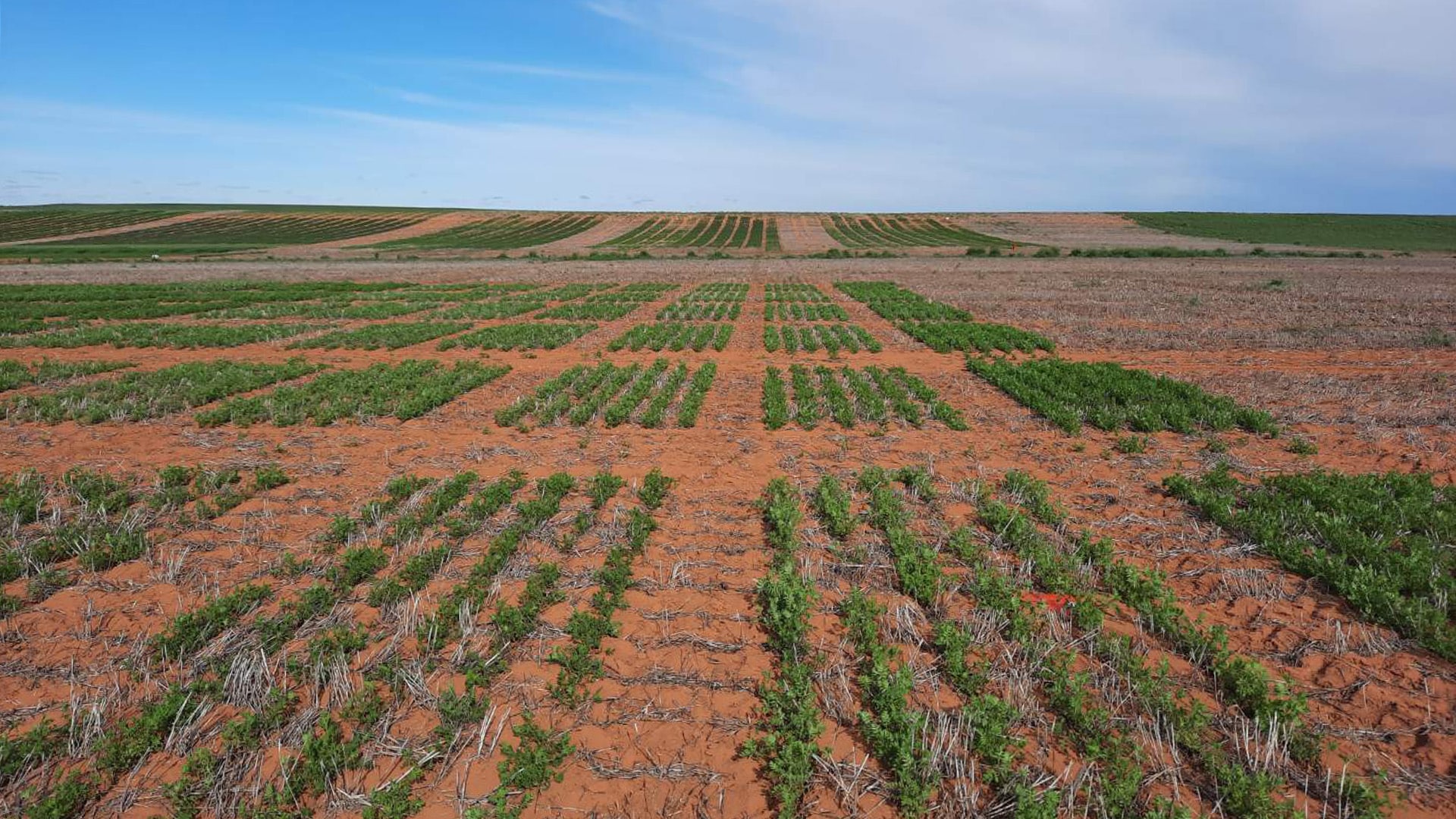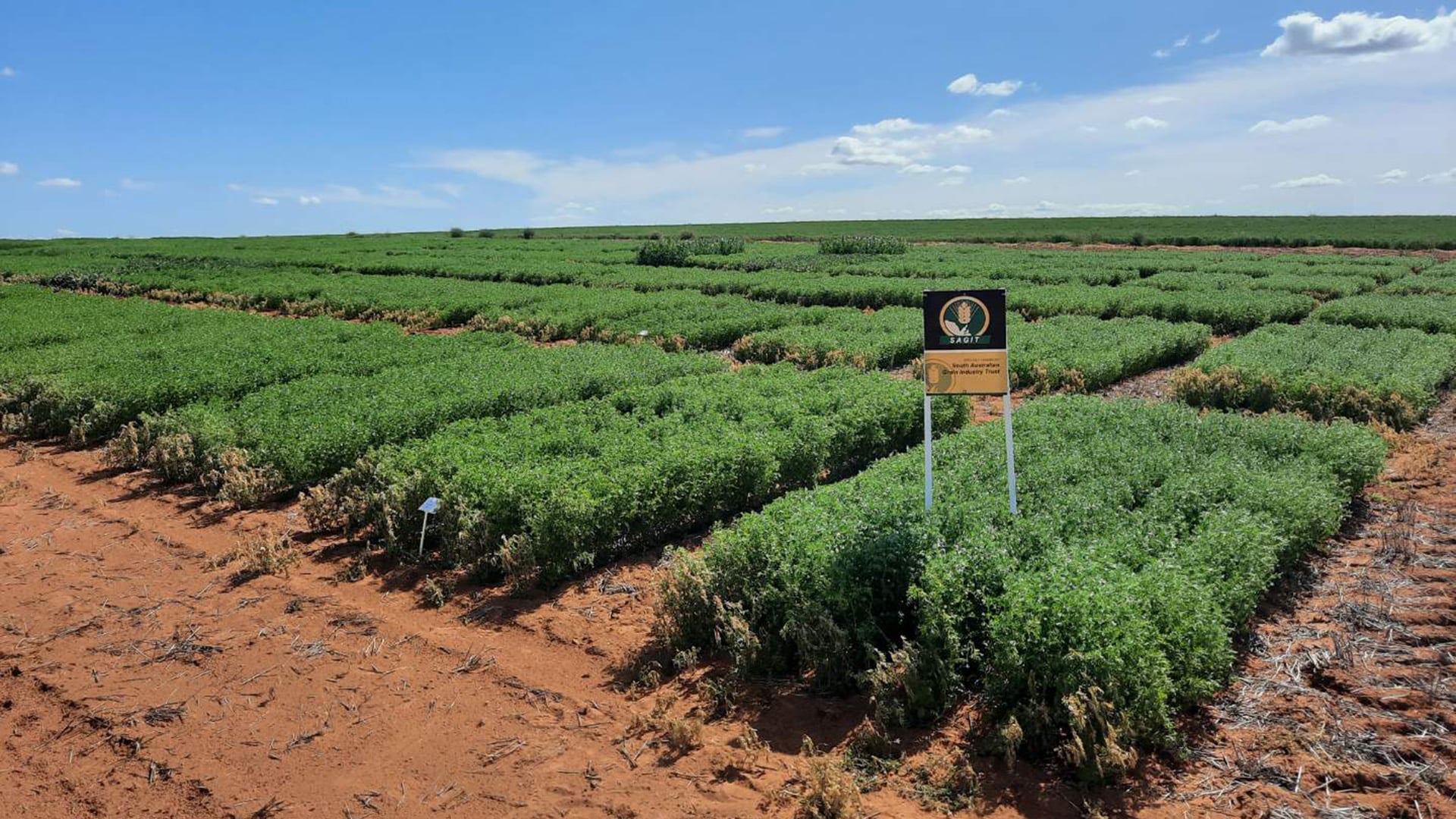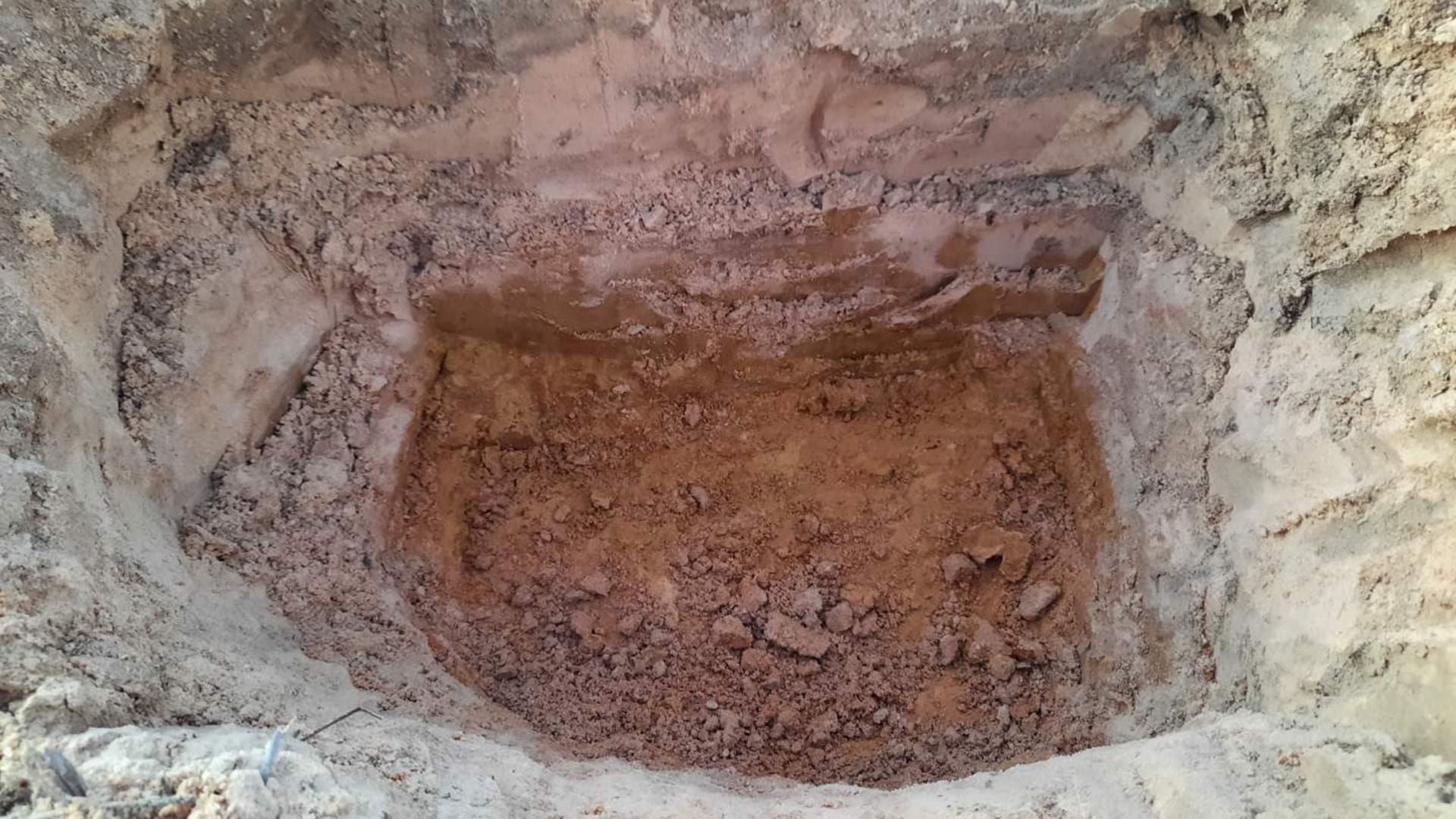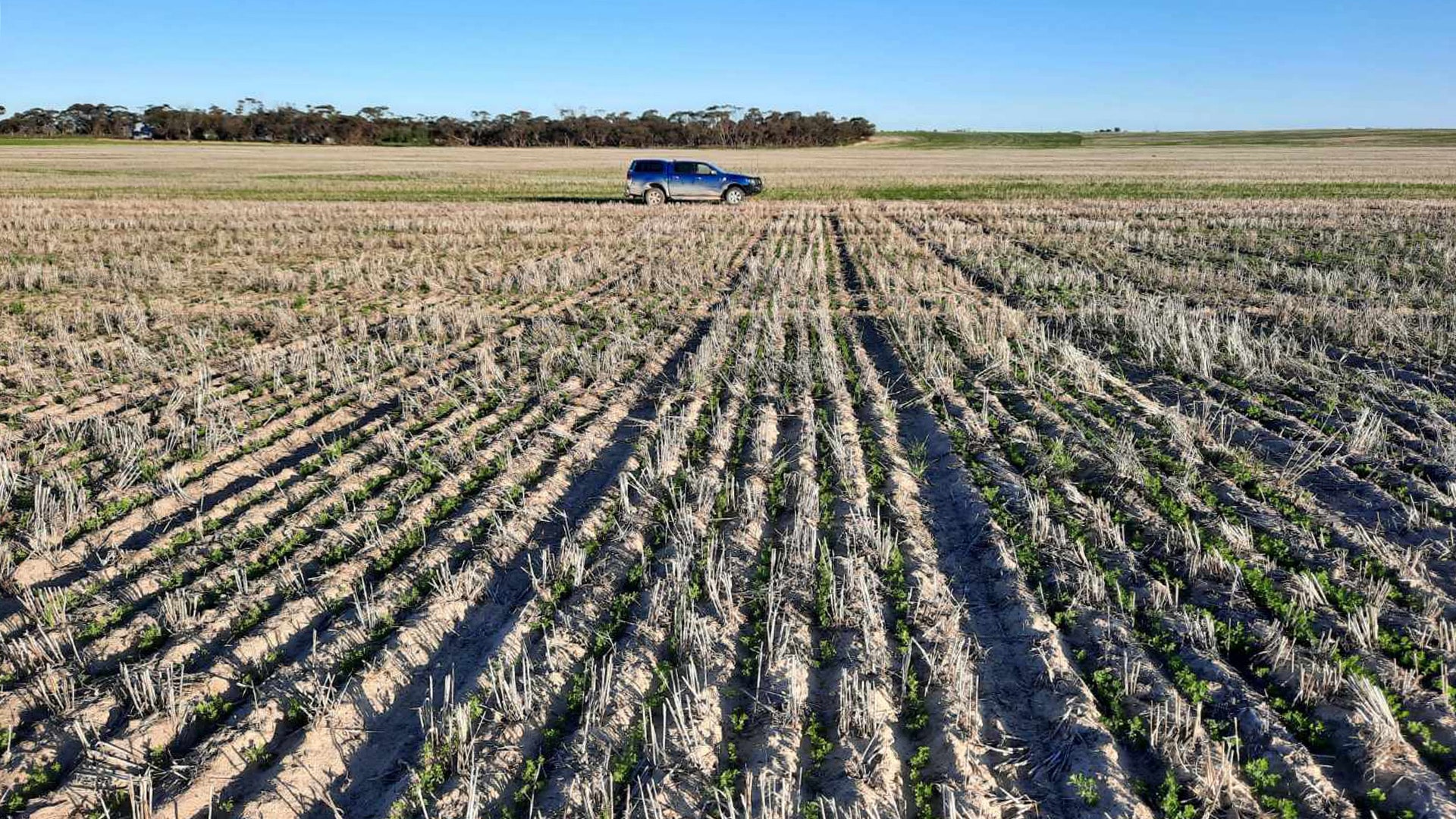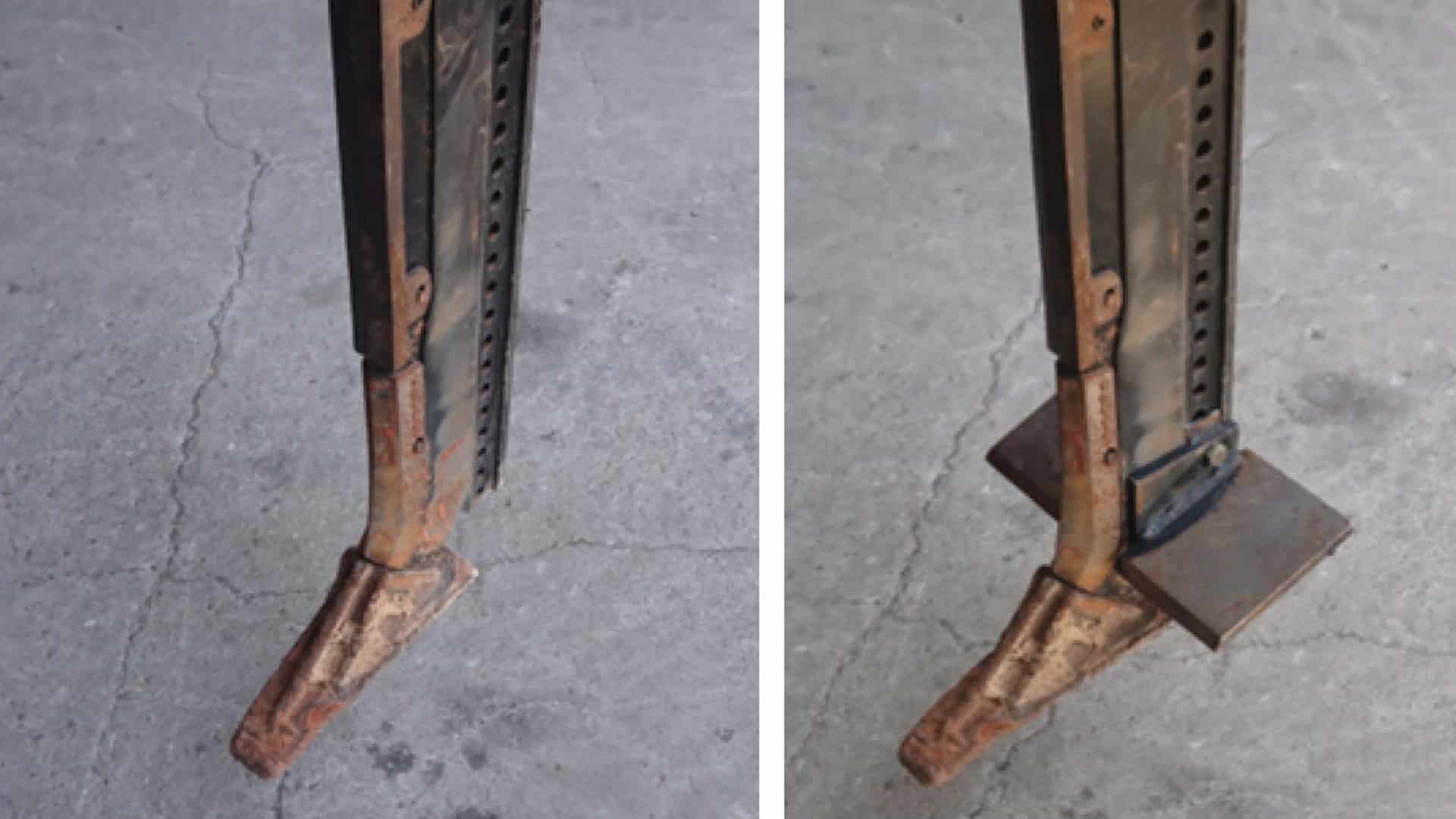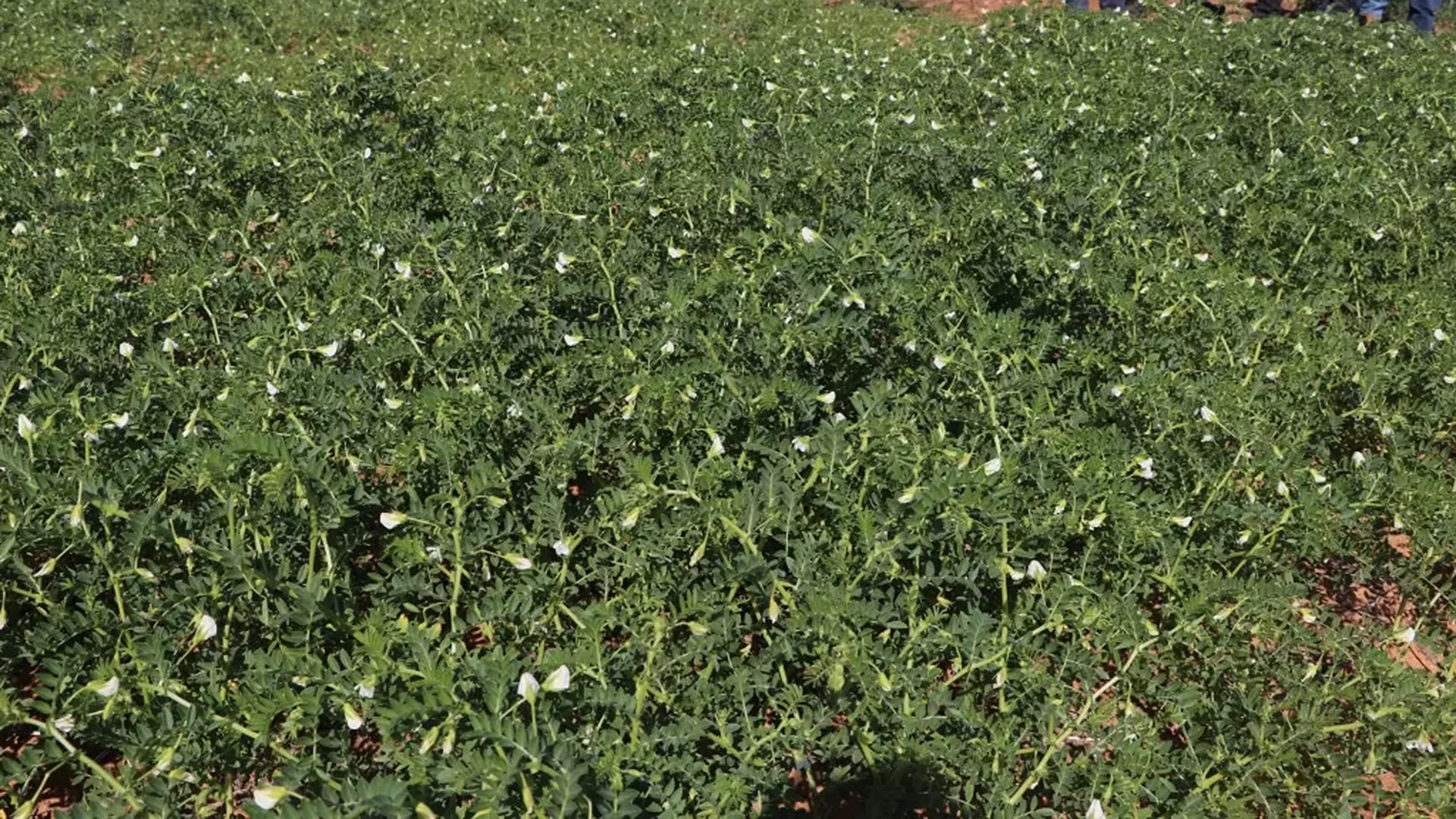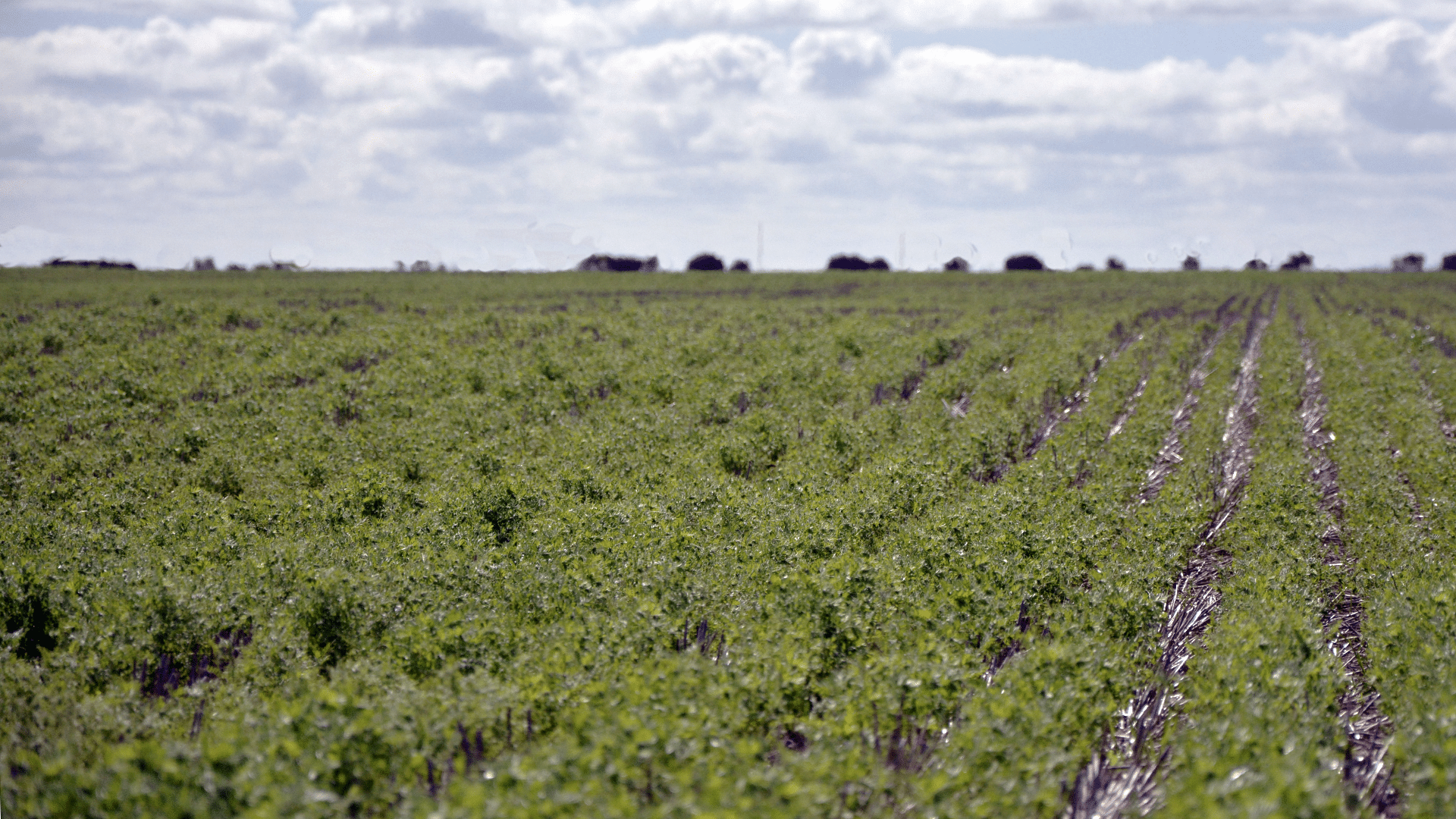START
FINISH
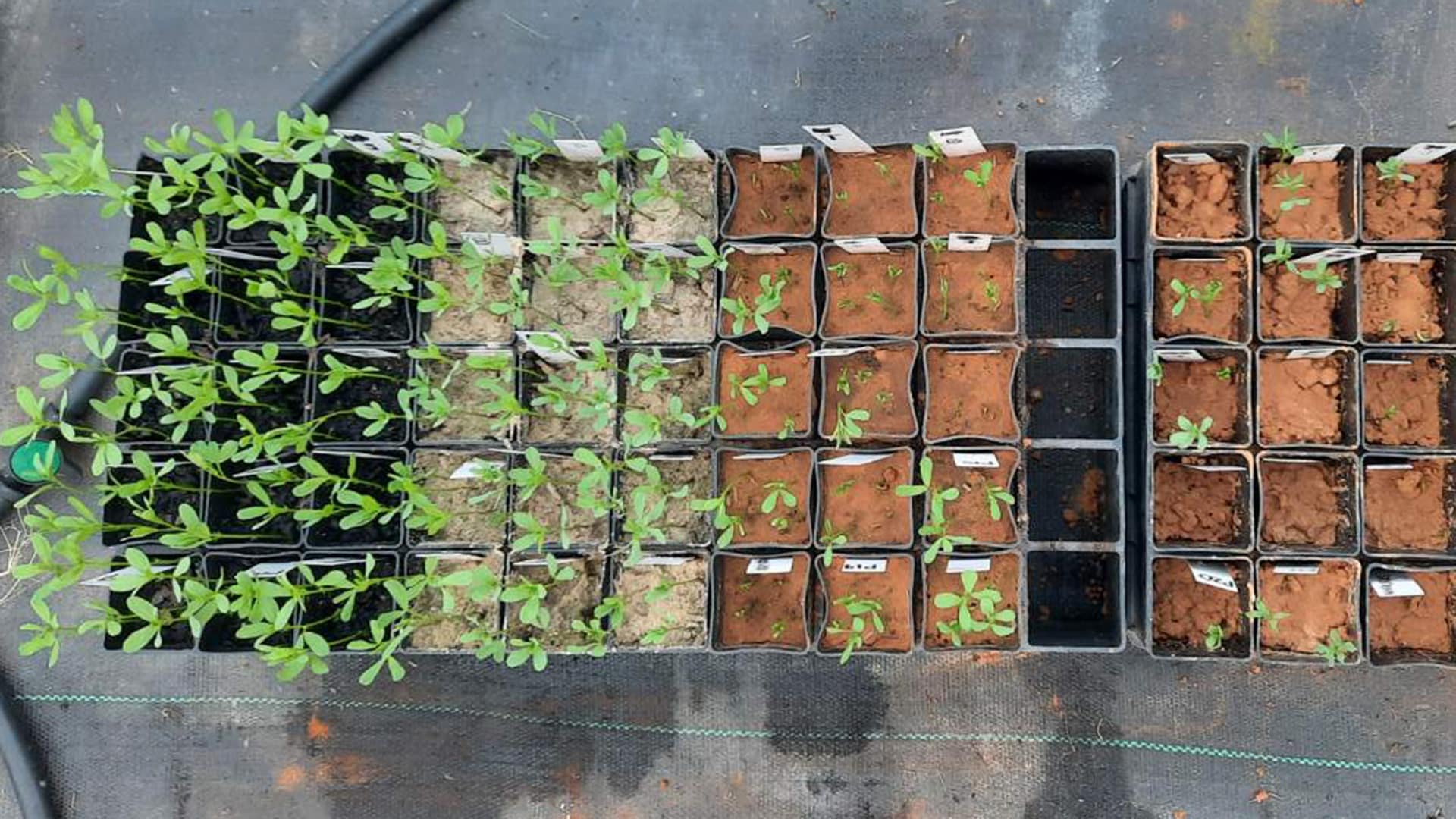
Summary
Lentil production in South Australia is expanding into low rainfall cropping regions. However, commercial lentil varieties sown in SA’s low rainfall zone (LRZ) have been the same as those grown in more favourable regions, despite being less well suited to the drier conditions and sandier soils of LRZ environments.
This project sought to identify desirable traits and develop novel lentil lines that will deliver improved yields in the LRZ – with the aim of expanding lentil production and improving farm productivity.
Background
Lentil is the major pulse crop grown in SA and the area sown is expanding into low rainfall regions. However, existing lentil varieties are bred for traditional favourable lentil growing environments such as the Yorke Peninsula, lower Mid North and Wimmera. This project was the first to develop and evaluate lines specifically for the light textured sandy soils and generally drier conditions of SA’s LRZ.
Research Aims
The core objectives of the project were to:
- Assess the value of a novel high early vigour trait for lentils grown in the LRZ.
- Combine the high early vigour trait with multiple herbicide tolerance in the elite, high-yielding and disease resistant background of the PBA Jumbo 2 lentil variety.
- Use accelerated breeding to rapidly develop novel lentil germplasm for the LRZ.
In The Field
Field evaluation trials incorporating commercial varieties, elite GGG breeding lines and lines incorporating high early vigour and increased plant biomass traits were sown at three low rainfall sandy sites (Alford, Upper Yorke Peninsula; Pinnaroo, SA Mallee; and Hopetoun, Victorian Mallee) in 2018 and 2019.
Over 60 lines, derived from the highly disease resistant PBA Jumbo2, were identified from a field screen at Pinnaroo and subsequently multiplied for low rainfall field evaluation.
Yield evaluation trials of these lines were then sown at Bute, Loxton and Pinnaroo during 2020, along with a contrast site in heavy textured soil at Horsham.
Targeted crosses between elite breeding lines and lines possessing suitable traits for the LRZ were also made and multiplied using conventional and accelerated rapid growth technology (aRGT) breeding processes. Several hundred populations and progenies from this process were sown at Horsham and Kadina, SA in 2020, to allow line multiplication and selection.
Mean grain yield for two thirds of the LRZ evaluation sites was less than 1.2 tonnes per hectare, but ranged from 0.6t/ha to an excellent 3.3t/ha at Pinnaroo in 2020.
Analysis showed mean yields correlated more closely to summer plus growing season rainfall (Nov-Oct) than the annual (Jan-Dec), growing season (Apr-Oct) or preceding summer (Nov-Mar) rainfall. This correlation was stronger in sites averaging less than 1.2 tonnes per hectare – highlighting the importance of summer rainfall to lentil grain production in the LRZ.
Other constraints included variable plant establishment, Group 5 herbicide damage, frost, soil-induced poor and variable plant growth, low winter biomass production and hot winds during the reproductive phase.
Results
This project identified a positive relationship between pre-flowering plant biomass and grain yield in lentil in the LRZ, which often does not occur in more favourable growing regions.
Lentil lines were developed from PBA Jumbo2 that exhibited up to 12 per cent higher yield in low rainfall environment trials, with a similar high level of disease resistance.
Two newly released IMI tolerant varieties, GIA Lightning and GIA Thunder, were 8 per cent and 14 per cent higher yielding than PBA Jumbo2 respectively, across all LRZ trials from 2019 to 2021.
GIA Lightning was found to be the most reliable lentil variety on sandy soils due to its combination of high, stable yield and good harvestability. It was found to have a unique extended growth pattern during flowering and early podding, allowing it to capitalise on late season rainfall events.
Traits for successful LRZ lentil production have been incorporated into breeding lines for further evaluation, and novel germplasm developed through this project is now being evaluated in SAGIT-funded project GGG121.
The project also linked with other SAGIT investments (MSF115, TC116, TC119 and MSF219) to improve understanding of lentil growth, response and performance in the dune-swale soils of South Australia’s LRZ.
Project Participants
Global Grain Genetics: Dr Larn McMurray, Mirella Butsch, Jacob Materne, Dr Michael Materne
Nickolls Partners, Pinnaroo: Wade and Chad Nickolls
Trengove farms, Bute/Alford: Bill, Max and Sam Trengove
Bulla Burra Farms, Loxton: Robin Schaefer and Andrew Biele
Blair Farms, Horsham: Peter Blair
Kate and Grant Wilson, Hopetoun
Frontier Agronomy: Michael Moodie
Trengove Consulting: Sam Trengove
The Problem
Lentil varieties being sown in lower rainfall areas of SA have not been bred for the predominant drier conditions and sandier soils of these regions.
The research
This project identified key low rainfall traits and used rapid breeding to develop and field test innovative lentil breeding lines for low rainfall environments.
More information
Dr Larn McMurray, Global Grain Genetics
T: 0417 113 848
E: [email protected]
Value for Growers
The development of lentil varieties with specific adaption to low rainfall regions will support production in these areas. It has the potential to double SA’s total lentil production area by adding 100,000 to 150,000 hectares.
LRZ growers could also expect additional rotational benefits of a yield gain of 0.3 to 0.5 tonnes per hectare in a following cereal crop over the area sown to lentil.

